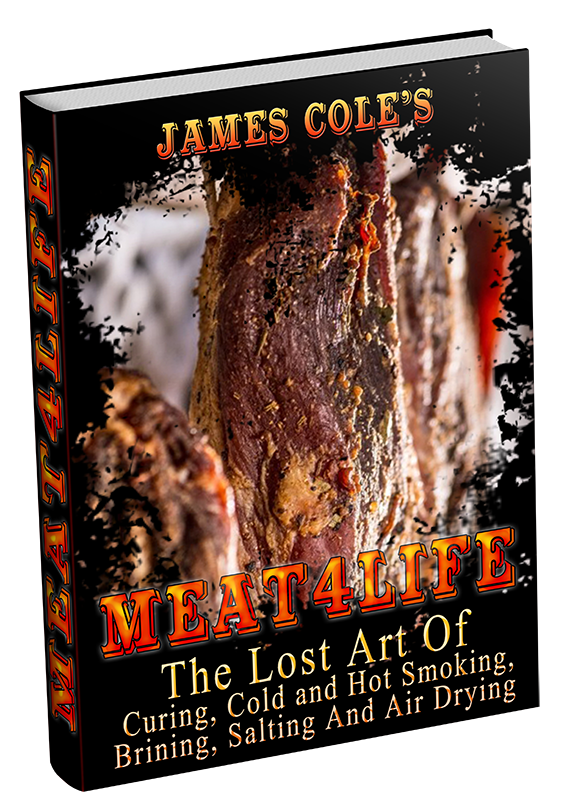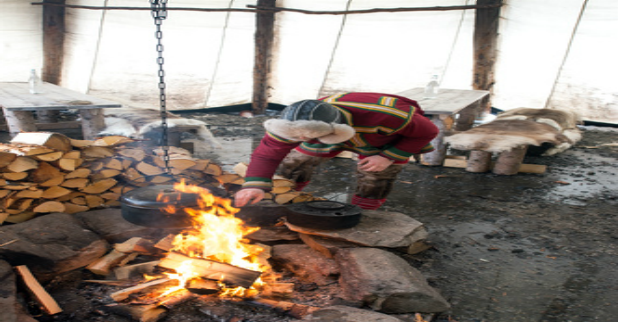Trapping: getting past the first days of survival and into a more food-secure future
Whether you have accomplished a pre-catastrophe relocation or evacuated just before it happened, at some point the carefully planned and stored foods will dwindle. Preplanning for survival must include resupply and continuity of food supplies. And at some point even the most high tech clothing will wear out. Replacement of food sources and warm clothing and other supplies will depend on several factors: growing and storing foods, hunting and fishing and trapping.
 Unless you are prepared to be a nomadic hunter-gatherer, trapping and fishing and developing your own domestic herd such as goats or raising poultry are the best ways to guarantee some forms of dependable protein on the dinner table. The Native Peoples inland were nomads who followed the buffalo and deer and often times went hungry when the game moved too far ahead or was sparse.
Unless you are prepared to be a nomadic hunter-gatherer, trapping and fishing and developing your own domestic herd such as goats or raising poultry are the best ways to guarantee some forms of dependable protein on the dinner table. The Native Peoples inland were nomads who followed the buffalo and deer and often times went hungry when the game moved too far ahead or was sparse.
The hunter can become the prey. Bringing back large amounts of meat is also an issue since transport will be on foot or mule or horseback. There will also be fewer capable protectors for the home site as the hunting party is gone for longer periods of time.
Today’s survivalist knows that selecting a good location with water, places to plant crops and abundant small game is the best way to protect the group. Trapping food and fur bearing animals is a skill that should be included in the prepper’s and survivor’s toolkit. Trapping is passive hunting. Well-set traps work at numerous sites and are always at work. Trapping for small game works best, especially for newcomers smaller mammals are easier to prepare, skin for hides and easier to move back to the home site. Diets in a survival mode need to adjust to smaller portions of protein and in different forms. At some point the connoisseur prepared foods will dwindle and disappear and finding and preparing nutritious foods will be a daily necessity. The bunker mentality is a trap in itself since a long term or permanent state of emergency will mean that changes in lifestyle will be obligatory; you simply cannot stockpile enough canned and emergency foods for a permanent change of lifestyle as needed in a survival environment.
Setting the snares and traps
Having a network of traps and knowing how to use them is critical to success. Observing what animals frequent which areas, time of day and trails they follow will help locate the optimum locations to set the traps. Also, remember that these are food sources for larger animals, carnivores. Be careful to set the traps far enough away so as to not attract dangerous carnivores too close to the home site.
Trapping with basic and available materials
Deadfall trap
One of the easiest and most simple types of traps. This trap is set on a trail or obvious pathway where small mammals, rabbits etc. travel to water or food sources. It is basically a large rock supported by sturdy sticks that falls on the prey. Bait such as vegetation, berries or fish can be used. Remember to map where your traps are set and check them on a regular basis.
Survival is an ongoing process
 Survival means continuity. Developing food sources, pelts for warm coverings and avoiding confrontations with hostile groups are realities in what will seem like an unreal world. Planning, assembling of supplies such as guide books, salt, processing tools and being ready to act will help ensure survival beyond the emergency and into the “new normal”.
Survival means continuity. Developing food sources, pelts for warm coverings and avoiding confrontations with hostile groups are realities in what will seem like an unreal world. Planning, assembling of supplies such as guide books, salt, processing tools and being ready to act will help ensure survival beyond the emergency and into the “new normal”.
So, trapping becomes a safer and more workable option and small game is the best and most dependable source of supply.




